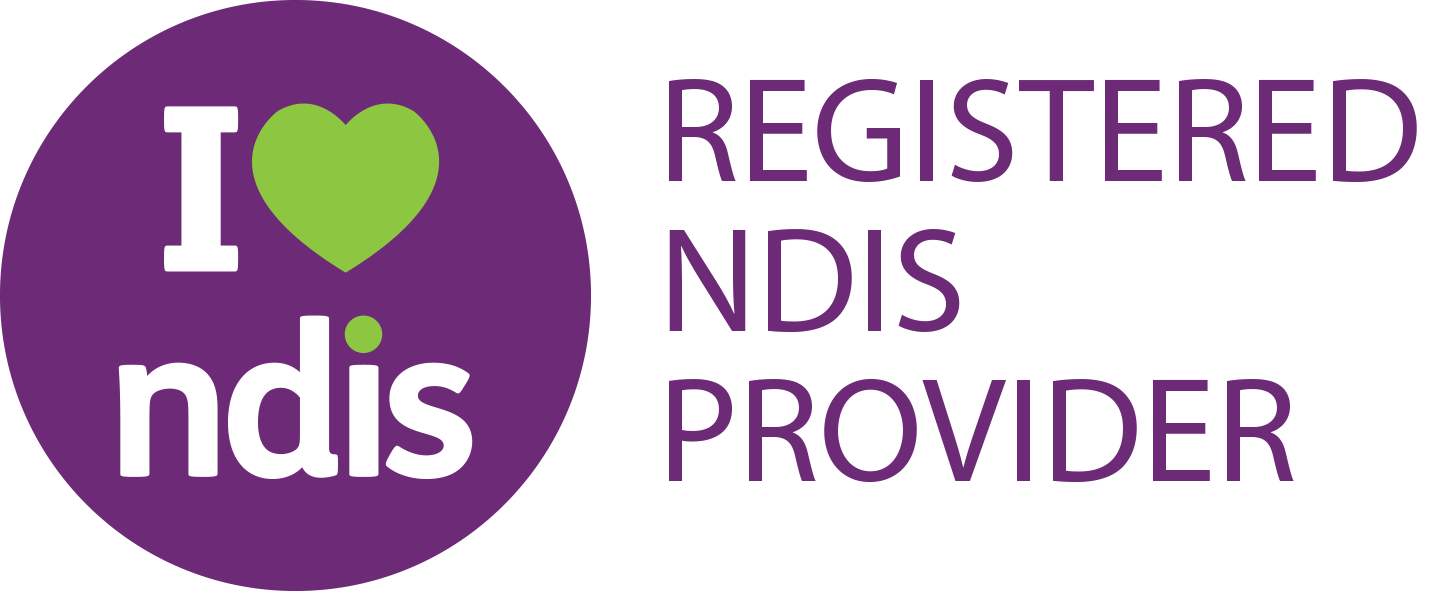Explore Our Blog
What Is Dialectical Behaviour Therapy (DBT)?
Advance Minds Blog
A safe space to explore subjects within the community such as mental health, substance abuse and personal identity.
Our safe space also provides the opportunity for real individuals to express their hardships and success through writing.
Dialectical Behaviour Therapy (DBT) is a type of cognitive-behavioral therapy that helps people manage intense emotions, self-destructive behaviors, and relationship difficulties.

Originally developed to treat borderline personality disorder (BPD), DBT is now widely used for many mental health issues, including depression, anxiety, eating disorders, and substance use.
1. What Does “Dialectical” Mean? 🔄💡
- "Dialectical" refers to balancing opposing ideas, like acceptance and change.
- DBT helps people accept themselves as they are, while also working to change harmful behaviors.
- It teaches that two seemingly opposite things can both be true, helping reduce emotional conflict.
2. Who Can Benefit from DBT? 👥🌈
- People with intense emotional reactions or mood swings
- Individuals struggling with self-harm or suicidal thoughts
- Those who find it difficult to maintain stable relationships
- People with BPD, PTSD, eating disorders, addiction, and depression
3. Core Components of DBT 🧭🧩
DBT includes four key skills modules that help build emotional resilience:
- Mindfulness 🧘: Staying present in the moment without judgment
- Distress Tolerance 🚨: Managing crisis situations without making them worse
- Emotional Regulation ❤️🔥: Understanding and controlling strong emotions
- Interpersonal Effectiveness 🤝: Navigating relationships and setting healthy boundaries
4. How DBT Is Delivered 🛋️📚
- Individual therapy: One-on-one sessions focused on personal struggles
- Group skills training: Learning and practicing DBT skills in a supportive group
- Phone coaching: Real-time help for applying DBT skills in everyday situations
- Therapist consultation teams: Support for therapists to provide the best care
5. DBT vs CBT 🔍⚖️
- CBT focuses on changing thoughts to change behavior.
- DBT includes CBT principles, but adds emotional validation, acceptance, and mindfulness.
- DBT is especially effective for people who feel invalidated or overwhelmed by emotions.
6. How DBT Helps Emotional Regulation 🌊🛠️
- Teaches how to identify and label emotions
- Helps reduce emotional reactivity
- Builds coping tools for managing intense feelings without turning to harmful behaviors
- Encourages a more balanced and calm state of mind
7. Common Myths About DBT 🚫💭
- “DBT is only for people with BPD.” – It helps with many mental health challenges.
- “It’s just about mindfulness.” – It includes multiple practical skills beyond meditation.
- “It takes too long.” – DBT can show results within months with consistent practice.
8. Getting Started with DBT 🛣️📞
- Look for a licensed therapist trained in Dialectical Behaviour Therapy
- Ask about structured DBT programs that include all core elements
- Be ready to practice skills daily and attend sessions regularly
- Progress takes time, but DBT is proven to improve emotional well-being and relationships
Final Thoughts 🌟
Dialectical Behaviour Therapy empowers people to take control of their emotions, make healthier choices, and build more stable relationships. It’s especially helpful for those who feel overwhelmed by emotional pain and want real, lasting change. 💪🧘♀️
With commitment and the right guidance, healing is possible—one skill at a time.

















